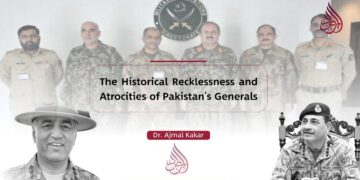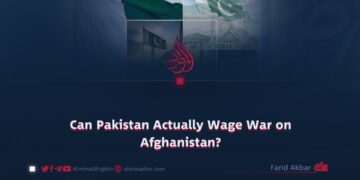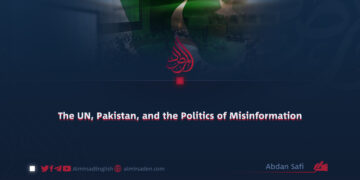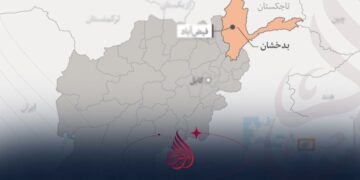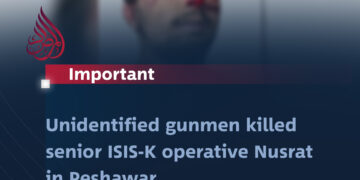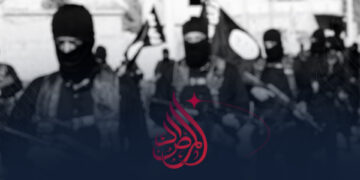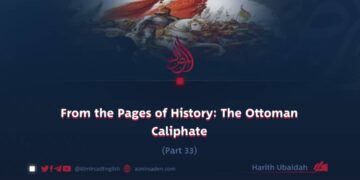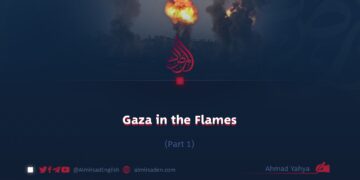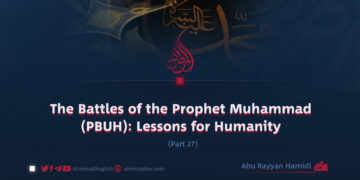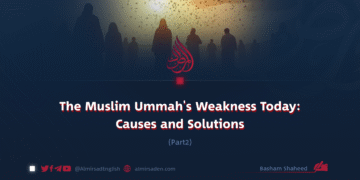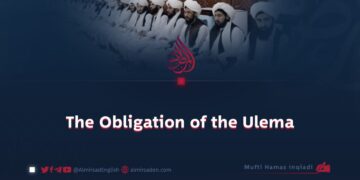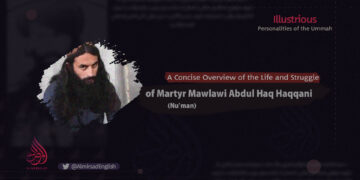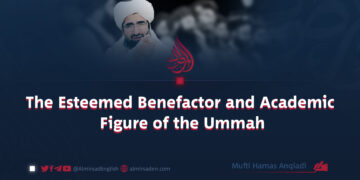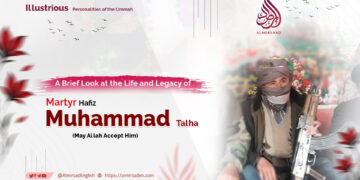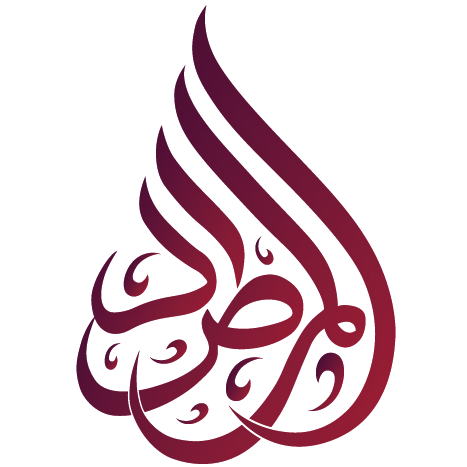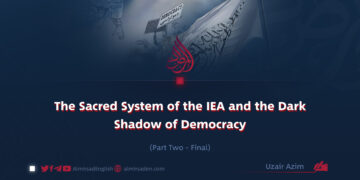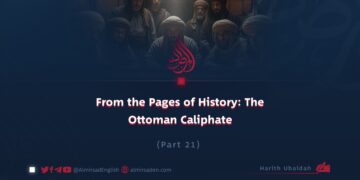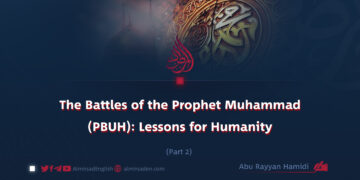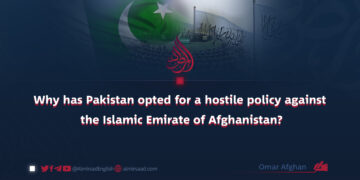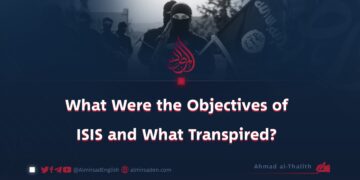Author: Nizam Muhajir
In light of the substantial and complex developments that characterized the first two decades of the 21st century, the year 2015 marked a pivotal moment when Afghanistan—a geopolitically significant and strategic nation in Asia—witnessed the emergence of a foreign and enigmatic phenomenon: ISIS. From its very inception, this group lacked ideological, intellectual, and ethnic alignment with the Afghan people. Its leadership consisted of individuals rejected by other societies, known for their extremist and Kharijite convictions, and fundamentally alien to Afghan society.
While the inaugural batch of ISIS-K militants was modest and limited in size, the group gradually broadened its membership and bolstered its manpower through diverse phases and methods. Their techniques and strategies for recruitment and enlistment were paramount to their persistence and sustainability—tools that have enabled them to perpetuate the machinery of ISIS ideology up to the present day.
This analysis explores ISIS-K’s recruitment strategies, including its deceptive tactics, propaganda narratives, and the underlying factors that lure vulnerable youth into the ranks of this violent organization.
In the initial stages of ISIS-K’s emergence, the group drew upon two primary sources for its human resources. The first cohort comprised rebellious individuals with extreme ideologies and tarnished backgrounds, who had been spurned by both the society and jihadist circles in Afghanistan, Khyber Pakhtunkhwa, and Waziristan. For these outcasts, ISIS acted as a convenient alternate platform, with many playing a role in the establishment of the Khorasan branch.
These individuals formed the nucleus of ISIS-K’s first generation, laying the groundwork for the group’s presence in the regions straddling Afghanistan and Pakistan.
The second demographic, which served as the catalyst for ISIS-K’s operations, was more diverse and comprised several categories. It encompassed long-established extremist migrants from other parts of the world residing in Waziristan and Khyber Pakhtunkhwa, radicalized youth with Kharijite ideologies and deep-seated grievances, individuals previously engaged in assorted criminal activities who found no scope for their endeavors elsewhere, and those enticed by promises of access to women, privileges, and power.
The presence of this criminal element—empowered by extremist and Kharijite doctrine—led to widespread plundering of the homes, property, and dignity of ordinary Muslims in areas under ISIS-K’s influence, all under the guise of spoils of war. In addition to these categories, there existed a segment of youth who were misled by a distorted portrayal of ISIS. Mistakenly perceiving the group as a sincere movement committed to defending the Muslim ummah and pursuing a noble cause, many of these individuals—from both within the region, including Afghanistan and Pakistan, as well as from abroad—eventually joined the ranks of the Khorasan branch.
Alongside these two principal sources that shaped ISIS-K’s foundation and early recruitment efforts, the group also employed other recruitment tactics—some of which remain in use today with marked effectiveness. However, the heinous atrocities committed by ISIS, particularly in eastern Afghanistan during the period of foreign occupation, provoked widespread public outrage. As a result, societal rejection of the group reached its peak, and voluntary association with ISIS-K among Afghan communities dwindled to nearly zero.
The recruitment, outreach, and propaganda endeavors were executed with finesse, leveraging a blend of subtle and deceptive strategies to expedite the process of assimilating new individuals into their ranks. These operatives strategically embedded their members in educational institutions, religious seminaries, and universities. Through these positions, they adeptly influenced young minds by appealing to ideals such as monotheism, the establishment of an Islamic system, and the plight of the Muslim ummah. They employed these enticing narratives to propagate extremist and Kharijite beliefs, all while bolstering their ranks.
In this manner, they managed to attract a fresh generation to their brand of ISIS ideology. However, profound disparities between their actions and convictions, alongside grave transgressions against Muslims and the dismantling of their propaganda networks and operatives within educational and training establishments, culminated in a weakening of this recruitment campaign. Consequently, the efficacy and priority of their initiatives significantly waned.
In addition to this, the enlistment of foreign combatants and the presence of foreign militants have constituted a pivotal strategy for ISIS-K from its inception. Nevertheless, in light of the faltering impact of the aforementioned strategies, the group now predominantly concentrates on recruiting from overseas. The adept practitioners of recruitment and psychological warfare within ISIS-K have honed their skills in identifying individuals in foreign territories who, by virtue of diverse factors, may be amenable to joining their ranks. These stratagems are executed with precision and expertise to allure potential recruits.
In this context, individuals who have endured religious oppression at the hands of their governments or have had their freedoms curtailed, harboring sentiments of vengeance or dissent, emerge as the prime targets of ISIS-K’s recruitment and propaganda endeavors. Nations in Central Asia, where colonial and despotic regimes have implemented stringent policies of Islamophobia for protracted durations, are especially susceptible. These regimes have systematically marginalized Islam from public existence and governance, with some even proscribing the practice of Islam for individuals under the age of eighteen.
Furthermore, the denizens of these regions confront acute impoverishment, and against this backdrop, numerous young Muslims seek a way out and a resolution to their predicaments. ISIS-K exploits this scenario to its advantage. Through expertly crafted and misleading propaganda, they project themselves as stalwart defenders of Muslims, projecting a fallacious impression of might and depicting themselves as capable of reinstating the honor and eminence of oppressed Muslims. They foster the illusion that affiliating with ISIS offers an expedient and efficacious route to freedom and empowerment for these vulnerable individuals.
Subsequently, they pinpoint individuals influenced by social media and other platforms, establishing contact with them. Upon ascertaining that a person’s mindset has been manipulated, they beckon them to their operational zones. There, they continue to indoctrinate them progressively, entwining numerous appealing Islamic precepts to ensnare them in mental and ideological servitude.
They gradually erode the individual’s capacity to discern between right and wrong, ally and adversary, ultimately transforming them into pliant agents of violence. These individuals are then deployed in ruthless and unjust conflicts, incited to perpetrate violence against fellow Muslims and conditioned psychologically to perpetrate any transgression under the banner of a distorted cause.

